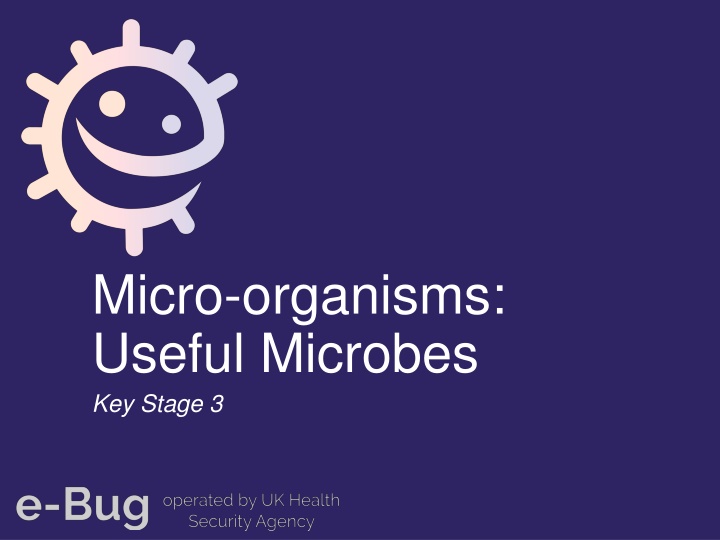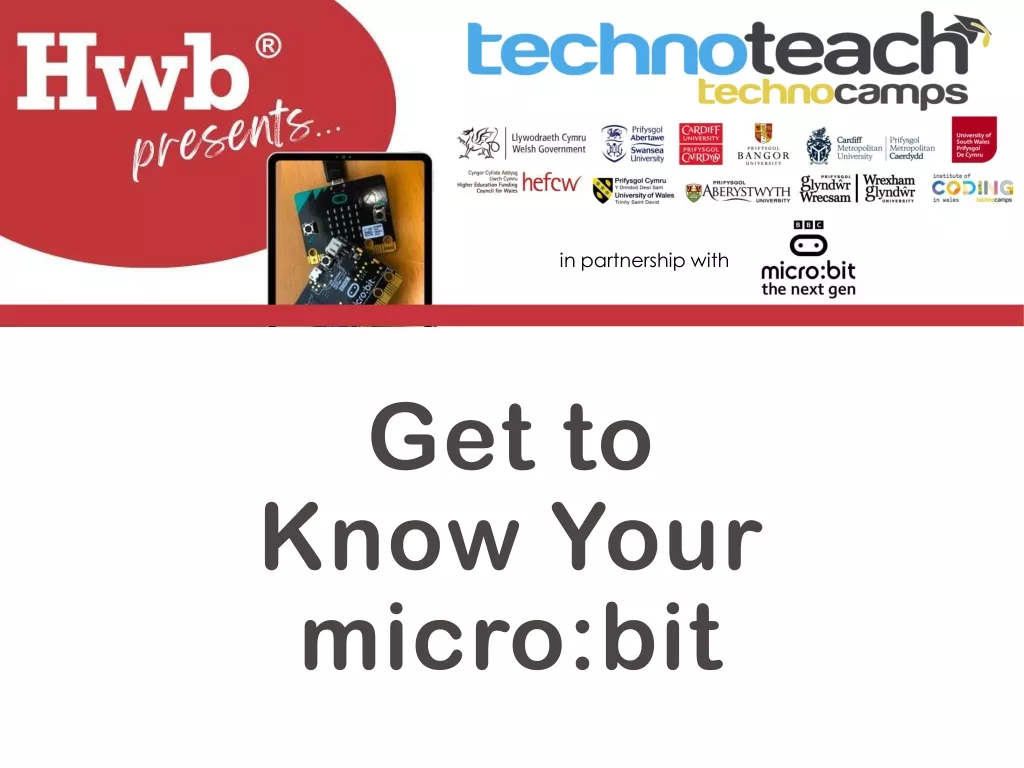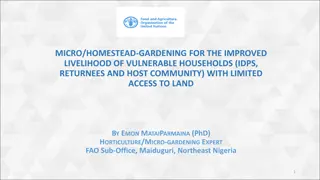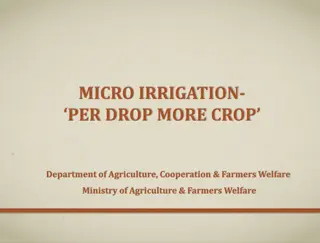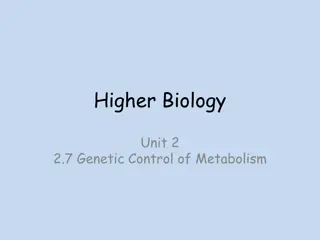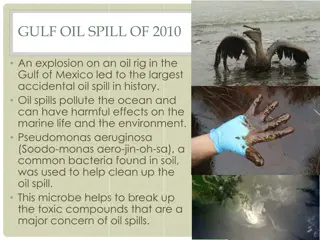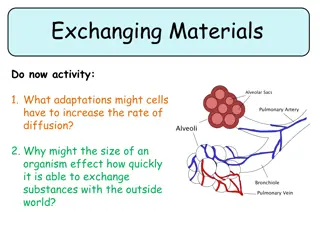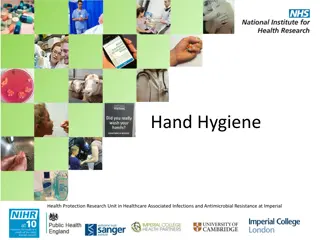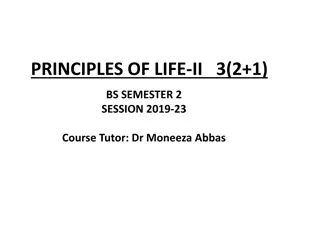Micro-organisms: Useful Microbes
Explore the world of useful microbes, their role in various processes, and how they benefit humans. Discover how microbes are utilized in making antibiotics, compost, yogurt, and more. Engage in a fun yogurt-making experiment to understand fermentation and microbial action.
Download Presentation

Please find below an Image/Link to download the presentation.
The content on the website is provided AS IS for your information and personal use only. It may not be sold, licensed, or shared on other websites without obtaining consent from the author.If you encounter any issues during the download, it is possible that the publisher has removed the file from their server.
You are allowed to download the files provided on this website for personal or commercial use, subject to the condition that they are used lawfully. All files are the property of their respective owners.
The content on the website is provided AS IS for your information and personal use only. It may not be sold, licensed, or shared on other websites without obtaining consent from the author.
E N D
Presentation Transcript
Micro-organisms: Useful Microbes Key Stage 3
Learning Outcomes All students will: Understand that some microbes can be put to good use. Understand that we need bacterial colonisation to live a healthy life. Most students will: Understand that we need to protect our normal microbial flora. e-Bug.eu
Curriculum Links PHSE/RHSE Health and prevention Material cycles and energy Cellular respiration English Reading Writing Science Working scientifically Scientific attitudes Experimental skills and investigations Biology Structure and function of living organism Cells and organisation Nutrition and digestion e-Bug.eu
What are Useful Microbes? There are millions of different species of microbes and that most of these are completely harmless to humans; some are actually very useful to us. There are ways in which we use microbes to our advantage, for examples, Penicillium (fungus) to make antibiotics; some microbes break down dead animals and plant material to make compost; some microbes help us digest foods and some are even used to turn milk into yoghurt, cheese and butter. Bacteria and fungi, like us, are alive they need a food source to grow and multiply. They vary in their food requirements but generally anything we consider food can be used as food by many microbes. e-Bug.eu
What are Useful Microbes? Microbes also produce waste products and it is these waste products that can either be beneficial or harmful to humans. When milk turn sour; this may be seen as a problem to us, industry uses this process (fermentation) in making yoghurt. Fermentation is a chemical change/process by which bacteria eat sugars and produce acids and gas as waste. We use this process in the food industry to create wine, beer, bread, yoghurt and many more foodstuffs. When making yoghurt, the bacteria added to milk consume the milk sugars, and through fermentation convert these sugars to lactic acid which causes the milk to thicken into a yoghurt. e-Bug.eu
Main Activity: Yoghurt Experiment e-Bug.eu
2. Stir the mixture while heating 4. Divide mixture into 2 labelled sterile beakers and add live yoghurt to one, and sterile yoghurt to the other 1. Add 2 tbsp of powdered milk to a pint of whole milk 5. Heat and stir mixtures 6. Cover top of container and wait >9 hours 3. Cool mixture down e-Bug.eu
Discussion e-Bug.eu
Discussion Points What is the process that caused a change in the milk? What changes occurred as the mixture changed from milk to yoghurt and why did these changes occur? Why was it important to keep the mixture warm overnight? Why was it important to add some yoghurt to the milk mixture? What happens when sterile yoghurt is added to the milk, and why? What happens when the experiment goes wrong? e-Bug.eu
Extension Activities e-Bug.eu
How to Make Yoghurt Instructions Experiment 1. Add two tablespoons of powdered, skimmed milk to 500ml (one pint) of whole milk. 2. Bring the mixture to a boil over medium heat for 30 seconds, stirring constantly to kill any unwanted bacteria present. Take care it does not overflow! 3. Cool to 46-60 C. 4. Divide the cooled mixture into 2 sterile beakers and label test 1 and test 2. Test 1 : add 1-2 teaspoons of live yoghurt Test 2 : add 1-2 teaspoons of sterile yoghurt e-Bug.eu
How to Make Yoghurt Instructions Experiment 5. Stir both mixtures well using a spoon previously sterilised by standing it in boiling water. 6. Cover each container with aluminium foil. 7. Incubate the mixtures at 32-43 C in a hot water bath, for 9-15 hours until desired firmness is reached. e-Bug.eu
Microscopic Yoghurt Procedure Test 1 1. Place a small drop of yoghurt onto one side of a glass microscope slide. 2. Taking a second clean slide, streak the yoghurt across the length of the slide creating a thin smear. 3. Leave the slide to air dry and then pass once through a Bunsen flame in order to heat fix the smear. 4. Cover the smear with a few drops of Methylene Blue and leave for 2 minutes. 5. Wash off any excess stain by running under a slow running tap. 6. Cover smear with a cover slip and examine the slide under a high powered microscope. 7. Record your observations below. Test 2 1. Repeat steps 1-7 above using sterile yoghurt instead of live culture yoghurt. How to prepare a smear: 3. Advancement 1. Approach 2. Adhesion e-Bug.eu
Microscopic Yoghurt Observations What did you see in the yoghurt smear? _________________________________________________ _________________________________________________ What did you see in the sterile yoghurt smear? _________________________________________________ _________________________________________________ What, in your opinion, caused the difference? _________________________________________________ _________________________________________________ e-Bug.eu
Yoghurt Experiment Observations Test 1 - Yoghurt Before Incubation After Incubation What was the consistency of the mixture? What did the mixture smell like? What was the colour of the mixture? e-Bug.eu
Yoghurt Experiment Observations Test 2 Sterile Yoghurt Before Incubation After Incubation What was the consistency of the mixture? What did the mixture smell like? What was the colour of the mixture? e-Bug.eu
Yoghurt Experiment Observations How did the mixture change during fermentation? ______________________________________________ ______________________________________________ ______________________________________________ Test 3 How long did it take to make the yoghurt when the mixture was incubated at: 20 C - ____________ 40 C - ____________ e-Bug.eu
Yoghurt Experiment Conclusions 1. What caused the change from milk to yoghurt? ________________________________________ ________________________________________ 2. What is this process called? ________________________________________ ________________________________________ 3. Explain the difference in results in test 1 and test 2. ________________________________________ ________________________________________ e-Bug.eu
Yoghurt Experiment Conclusions 4. What is the type and name of microbes which can be used to make yoghurt? _________________________________________________ 5. Why did it take longer to make yoghurt at 20 C than at 40 C? _________________________________________________ _________________________________________________ _________________________________________________ 6. A sterile spoon is used to stir the mixture (step 5) before incubating, what do you think might happen if a dirty spoon was used? _________________________________________________ _________________________________________________ e-Bug.eu
Microscopic Yoghurt - Answers Observations Your What did you see in the yoghurt smear? _________________________________________________ _________________________________________________ Observations What did you see in the sterile yoghurt smear? _________________________________________________ _________________________________________________ What, in your opinion, caused the difference? _________________________________________________ _________________________________________________ e-Bug.eu
Yoghurt Experiment Observations - Answers Test 1 - Yoghurt Before Incubation After Incubation What was the consistency of the mixture? Runny liquid Thick and creamy What did the mixture smell like? Like milk Like rotting food What was the colour of the mixture? White Cream / white e-Bug.eu
Yoghurt Experiment Observations - Answers Test 2 Sterile Yoghurt Before Incubation After Incubation What was the consistency of the mixture? Runny liquid Runny liquid (no change) What did the mixture smell like? Like milk Like milk (no change) What was the colour of the mixture? White White (no change) e-Bug.eu
Yoghurt Experiment Observations - Answers How did the mixture change during fermentation? Answer: During test 1 the mixture changed to a thicker creamier texture consistent with yoghurt, this was due to the lactic acid fermentation of the microbes present. No change was observed in the second test due to the lack of microbes present Test 3 How long did it take to make the yoghurt when the mixture was incubated at: 20 C Answer: approx. 3-5 days 40 C Answer: overnight e-Bug.eu
Yoghurt Experiment Conclusions - Answers What caused the change from milk to yoghurt? Answer: The microbes added to the milk converted the sugars to lactic acid which caused the milk to thicken into a yoghurt. What is this process called? Answer: Lactic acid fermentation. Explain the difference in results in test 1 and test 2. Answer: Everything in test 2 was sterile; therefore there were no microbes present to carry out lactic acid fermentation. e-Bug.eu
Yoghurt Experiment Conclusions - Answers 4. What is the type and name of microbes which can be used to make yoghurt? Answer: Bacteria of the genus Lactobacillus and Streptococcus. 5. Why did it take longer to make yoghurt at 20 C than at 40 C? Answer: Bacteria prefer to grow at body temperature i.e. approx. 37 C, at 20 C it takes the bacteria longer to multiply therefore they are slower to produce the lactic acid. 6. A sterile spoon is used to stir the mixture (step 5) before incubating, what do you think might happen if a dirty spoon was used? Answer: The resulting yoghurt may be contaminated with harmful microbes. e-Bug.eu
Learning Consolidation e-Bug.eu
Many microbes are useful and help us make foods like yoghurt or bread. TRUE/FALSE? TRUE e-Bug.eu
Fermentation happens when microbes digest sugars, this is the process by which milk changed to yoghurt. TRUE/FALSE? TRUE e-Bug.eu
Yoghurt contains bacteria including Lactobacilli and Streptococcus, meaning eating yoghurt is good for your gut health. TRUE/FALSE? TRUE e-Bug.eu
Present Your Posters to the Class e-Bug.eu
